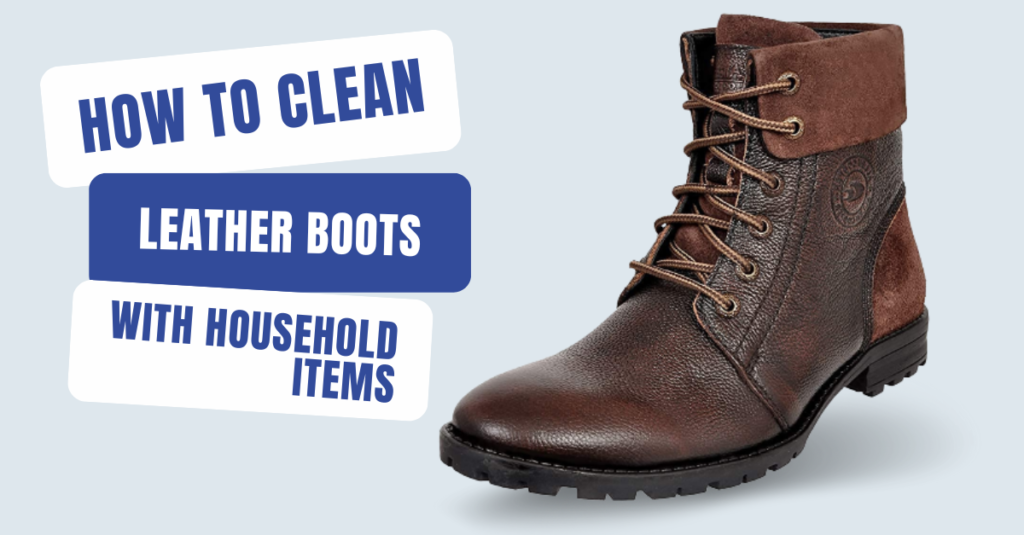Don’t Spray and Pray: The Surprising Ways Hairspray Could Harm Your Hair!
Introduction
In the quest for the perfect hairstyle, many of us turn to hairspray as our trusty ally. After all, it promises to hold our locks in place, tame flyaways, and provide that coveted finishing touch. But what if I told you that your beloved hairspray might be doing more harm than good? Welcome to “Don’t Spray and Pray: The Surprising Ways Hairspray Could Harm Your Hair!” In this eye-opening exploration, we delve deep into the world of hair care to uncover the hidden truths behind this seemingly innocuous styling product.
From myths perpetuated by hearsay to the scientific evidence that reveals the potential damage, prepare to be astonished by what you thought you knew about hairspray. Join us on a journey of discovery as we unravel the mysteries surrounding hairspray and shine a light on how it could be impacting the health and vitality of your precious locks. It’s time to rethink your styling routine and take control of your hair’s well-being.
Dispelling Myths and Unveiling Truths
Let’s start by addressing some common misconceptions about hairspray. One prevalent myth suggests that hairspray causes hair loss. Many people fear that the chemicals in hairspray can weaken the hair follicles, leading to thinning or balding over time. However, scientific research has repeatedly debunked this notion. Hairspray is formulated to adhere to the surface of the hair shaft rather than penetrate the scalp or affect hair growth. While excessive pulling or tugging during styling may contribute to hair breakage, properly applied hairspray poses minimal risk of causing hair loss.
Another myth surrounding hairspray is its alleged ability to make hair dry and brittle. Some individuals avoid using hairspray altogether, fearing that it will strip their hair of moisture and leave it prone to damage. While it’s true that certain types of hairspray contain alcohol, which can be drying to the hair, not all hairsprays are created equal. Many modern formulations include moisturizing ingredients to counteract the drying effects of alcohol, leaving hair soft, shiny, and manageable. Additionally, proper hydration and conditioning are key to maintaining the health of your hair, regardless of your styling routine.
The Science Behind Hairspray
To understand how hairspray can impact hair health, it’s essential to delve into its composition and mechanism of action. Hairspray typically consists of three main components: propellants, polymers, and solvents. Propellants create the aerosol spray that delivers the product to your hair, while polymers form a flexible film that coats the hair shaft, providing hold and control. Solvents help to dissolve the polymers and facilitate even distribution of the product.
When you spray hairspray onto your hair, the polymers form a bond with the keratin proteins in your hair, creating a temporary barrier that helps to lock your style in place. However, prolonged exposure to hairspray can lead to buildup on the hair shaft, weighing it down and making it feel stiff and crunchy. Additionally, certain ingredients in hairspray, such as silicones and resins, may contribute to product buildup and prevent moisture from penetrating the hair cuticle.
Environmental Factors and Frequency of Use
Beyond its chemical composition, hairspray’s impact on hair health can also be influenced by environmental factors and frequency of use. Exposure to environmental stressors such as UV radiation, pollution, and humidity can exacerbate the effects of hairspray on the hair. UV radiation, in particular, can cause oxidative damage to the hair cuticle, leading to dryness, breakage, and color fading. Pollution particles can adhere to the hair shaft, creating a barrier that prevents moisture from penetrating and leaving hair looking dull and lifeless.
Furthermore, the frequency with which you use hairspray and the amount you apply can play a significant role in determining its impact on your hair. While occasional use of hairspray is unlikely to cause significant damage, excessive or daily use can lead to product buildup, which can suffocate the hair follicles and inhibit healthy hair growth. It’s essential to strike a balance between achieving your desired hairstyle and maintaining the health and integrity of your hair.
Recognizing Signs of Damage
How can you tell if your hairspray is causing harm to your hair? There are several signs to watch out for, including changes in hair texture, increased breakage, and scalp irritation. If your hair feels dry, brittle, or stiff to the touch, it may be a sign that product buildup is weighing it down and preventing moisture from penetrating the hair shaft. You may also notice an increase in split ends or breakage, particularly at the ends of your hair where hairspray tends to accumulate.
Scalp irritation is another common side effect of hairspray use, especially for individuals with sensitive skin or pre-existing scalp conditions such as eczema or psoriasis. Ingredients such as alcohol and fragrance can be irritating to the scalp, causing redness, itching, and flaking. If you experience any discomfort or inflammation after using hairspray, it’s essential to discontinue use and consult a dermatologist for personalized recommendations.
Mitigating Damage and Promoting Hair Health
Fortunately, there are steps you can take to minimize the potential damage caused by hairspray and promote the overall health of your hair. First and foremost, choose hairspray products that are formulated with nourishing ingredients and free from harsh chemicals such as sulfates, parabens, and phthalates. Look for products labeled as “alcohol-free” or “moisturizing” to help prevent dryness and maintain hair hydration.
When applying hairspray, use it sparingly and focus on the mid-lengths and ends of your hair rather than spraying directly onto the scalp. Hold the canister at least six inches away from your head to ensure even distribution and avoid overloading your hair with product. Additionally, try not to layer hairspray on top of other styling products, as this can contribute to product buildup and weigh your hair down.
Incorporating regular hair care routines into your regimen can also help to mitigate the effects of hairspray and promote healthy hair growth. Use a gentle sulfate-free shampoo to cleanse your hair and scalp, followed by a hydrating conditioner to replenish moisture and restore elasticity. Consider incorporating a weekly deep conditioning treatment or hair mask to nourish and repair damaged strands.
Conclusion (Don’t Spray and Pray: The Surprising Ways Hairspray Could Harm Your Hair!)
In summary, while hairspray can be an effective aid in achieving your desired hairstyle, it’s crucial to acknowledge its potential impact on your hair’s health and vibrancy. By delving into the scientific intricacies of hairspray and integrating mindful hair care practices, you can significantly reduce the likelihood of damage and maintain a lustrous mane for years to come. Rather than completely shunning hairspray, opt for a balanced approach, employing it judiciously and in moderation.
As you reach for that familiar canister, take a moment to reflect on the subtle yet significant ways it might affect your hair. Armed with knowledge, make choices that prioritize the long-term well-being of your locks. So, instead of simply spraying and hoping for the best, empower yourself with insights into how hairspray can influence your hair’s condition, and make informed decisions that safeguard its vitality.

My name is Rohit Vagh and I’m a content writer specializing in fashion and lifestyle. I have three years of experience in this field and have written various articles. My writing style is creative and engaging, and I strive to create content that resonates with my readers. I have a deep passion for fashion and am constantly researching the latest trends and styles to make sure my readers are up to date. I’m excited to continue my career in blogging, and I’m always looking for new opportunities in the fashion and lifestyle space.





